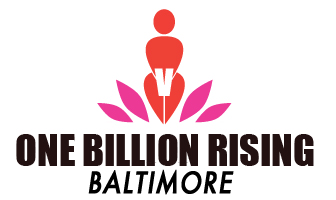I work primarily with adults in transitional housing. Still, my job promoting community understanding of homelessness sometimes leads me to events with younger populations. That is how I found myself facing a group of Baltimore County eighth graders last month, trying to engage them in a discussion of how people can become homeless.
“What about a fire or a natural disaster?” I would ask each group as they rotated to my table, “Could that lead to someone losing their home?”
“No!” said someone in almost every group. “People have home insurance for that.”
“What about an accident that prevents someone from working?” I would suggest.
“No!” asserted a member of the group. “They can just use their sick days!”
I don’t think I knew the first thing about home insurance when I was in the eighth grade, so kudos to these young people for knowing as much as they do. Still, the reality is that not everyone has a job that provides them with sick days, and not everyone gets enough from their home insurance. This is especially true after major traumas, such as the recent Hurricane Sandy, for which many people will not qualify for much compensation.
I’m still learning about the best ways to educate youth about the realities of homelessness. It seems like all of Baltimore is wrestling with the right way to guide and teach our young people. Baltimore just recently struck down a $70 million dollar plan to create a brand new youth jail in the city. If the city follows this up with new youth supports, this would show real faith in the city and compassion for its children. Research suggests that youth incarceration is directly related to youth homelessness, as young people in both populations tend to have reduced contact with parents and spend less time in school.
And perhaps illustrating the plight of homeless youth is ultimately the best way to reach those young people who knew so much about insurance, but so little about what those as young as them are suffering. Last year, the number of homeless students reached one million for the first time, including 640 youth in Baltimore City. Counts suggest there are 3,800 homeless youth in New York City, but only 250 shelter beds and 4,000 youth homeless in Los Angeles, but only 50 beds available.
Without enough resources, youth face a bleak outlook on the streets. Even if I find it frustrating that some young people cannot understand the realities of homelessness, I know they are lucky to be safe in a school and not left outside. By shifting focus away from a youth jail, Baltimore has the opportunity to use the funds and resources for a different institution. Many organizations that support children rather than detain or punish them could use financial backing – our schools, youth shelters, and recreation centers could all benefit from increased funding. By redirecting its money and its priorities, Baltimore has the opportunity to get homeless youth housed, educated, and out of youth jails.
IMAGE CREDIT: Courtesy of Clarity Human Services.

